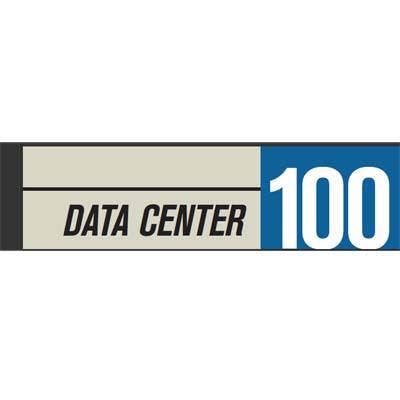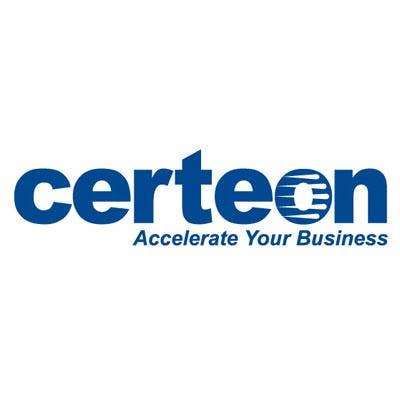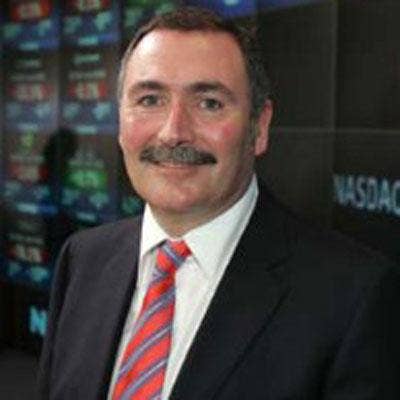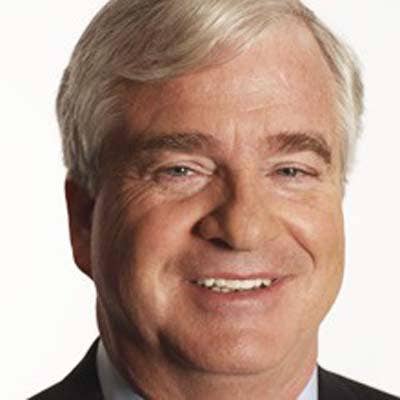2013 Data Center 100: 20 Virtualization Providers

Data Center 100
VMware continues to dominate the data center on the strength of its vSphere server virtualization platform, but Microsoft’s Windows Server 2012 is coming on strong. Citrix, meanwhile, continues to lead the desktop virtualization space but has been steadily adding to its portfolio of cloud and mobility offerings.
Within the legions of smaller virtualization vendors, the focus these days is squarely on managing the technological complexity that comes as virtual and cloud environments scale. Cross-hypervisor management was one of the biggest trends to emerge during 2012 and is sure to continue commanding attention this year.
Here we at look at the 20 virtualization providers included in this year's Data Center 100.

AppSense
CEO: Darren Antill
AppSense's User Virtualization Platform targets BYOD challenges, allowing personal data and settings to be moved across devices. It recently moved into securing files for cloud storage services and launched an R&D lab.

Atlantis Computing
CEO: Bernard Harguindeguy
Atlantis develops ILIO, a storage optimization technology for Citrix XenDesktop and VMware View virtual Windows desktops, claiming that performance gains can reduce capex costs in VDI deployments because less physical storage is needed.

Certeon
CEO: Massood Zarrabian
Certeon positions WAN op technology as a way to speed application performance and optimize data center environments for virtualization. It also offers management and mobile client software that speeds performance on smartphones and tablets.

Citrix Systems
CEO: Mark Templeton
Citrix's strongest suit is Windows desktop virtualization, but the company has big plans for cloud and mobility. Its Citrix Receiver provided early access to Windows on iPads and it is now teaming with Cisco to tackle data center deals.

Egenera
CEO: Pete Manca
The company's PAN Manager handles servers in heterogeneous data centers, and it also plays in high availability and disaster recovery with PAN Cloud Director and PAN Domain Manager.

Emulex
CEO: Jim McCluney
Emulex offers hardware and software technology for servers, networks and storage devices. It also offers Fibre Channel host bus adapters and 10-Gbit Ethernet network interface cards.

F5 Networks
CEO: John McAdam
F5 leads the application delivery controller market and has infrastructure, VDI and server virtualization offerings. It positions itself as the "Swiss Army Knife of the data center" and is now stepping up its focus on security.

Liquidware Labs
CEO: David Bieneman
The company offers products aimed at speeding and easing VDI projects' technical challenges, calculating network, storage, CPU, memory and compute requirements for VDI and allowing user profiles to be moved across PCs and devices.

Microsoft
CEO: Steve Ballmer
Microsoft is second to VMware in server virtualization but claims feature parity with Windows Server 2012 and Hyper-V. It often touts lower costs as its advantage over VMware, saying its solution is "good enough" for most organizations' needs.

Red Hat
CEO: Jim Whitehurst
The vendor is best known for Red Hat Enterprise Linux and JBoss middleware. It was the first open-source vendor to hit $1 billion in annual revenue, getting there through support, training and integration services delivered by channel partners.

RES Software
CEO: Klaus Besier
RES positions its technology as workspace virtualization, touting its ability to smooth Windows migrations. It also aims to solve IT challenges posed by BYOD with its RES HyperDrive cloud storage service.

Riverbed
CEO: Jerry Kennelly
Riverbed recently closed the biggest deal in its history, buying application performance management vendor Opnet for more than $1 billion. The company started out in WAN optimization and also targets network performance management.

SolarWinds
CEO: Kevin Thompson
The virtualization management developer focuses on vSphere and Hyper-V environments. Its products encompass capacity planning, performance monitoring and configuration management and prevent issues associated with "VM sprawl."

Teradici
CEO: Dan Cordingley
Best known for its proprietary remote display protocol that speeds performance in virtual desktop environments, the company has an ecosystem of 20-plus OEMs that use the technology, which can also prevent CPU bottlenecks in server environments.

Tricerat
CEO: John Byrne
The developer of workspace and desktop management software helps preserve user settings across desktops and mobile devices. It also focuses on remote desktop management, print management and application delivery for virtual environments.

Unidesk
CEO: Don Bulens
The VDI provisioning and management technology provider works with Dell and others, and positions its layering technology as a way to reduce costs associated with VDI by managing users, applications and OSes through a single interface.

Veeam
CEO: Rimar Timashev
The company is focused on backup and replication and management in vSphere and Hyper-V environments. It also offers Veeam Smart Plug-in for visibility into HP Operations Manager and its free FastSCP tools is used by 150,000 VMware experts.

Virtual Bridges
CEO: Jim Curtin
The company's VERDE software tackles difficult aspects of VDI projects, namely management and security. It is applicable to a wide range of scenarios, from desktops hosted and managed in data centers to desktops hosted on local PCs.

VirtuStream
CEO: Rodney Rogers
The company targets the cloud software market with its flagship xStream product, which lets organizations manage private and hybrid clouds. The product is available as software, as an appliance and as a managed service.

VMware
CEO: Pat Gelsinger
The server virtualization market leader is trying to parlay its dominance into cloud computing, and it recently ditched its unpopular vRAM licensing scheme and opened its anagement software to competing hypervisors for the first time.